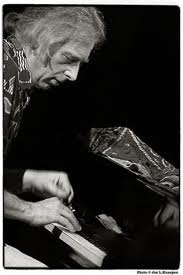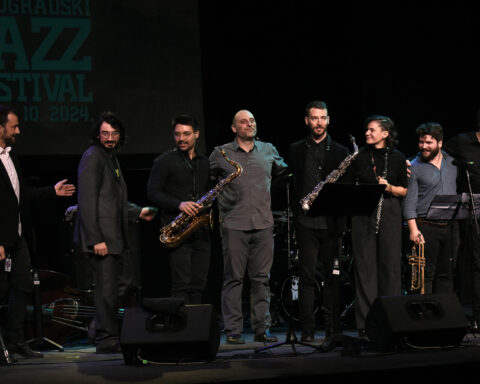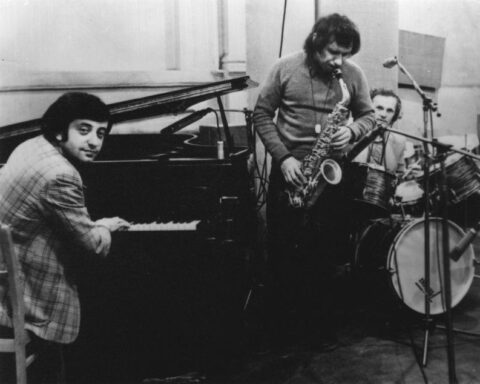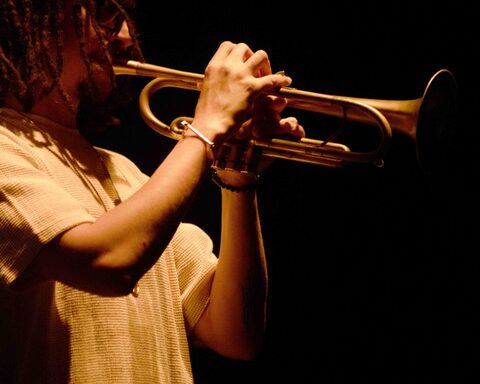Cadence magazine was founded in 1976 by editor/publisher Bob Rusch, who is also the producer of Cadence Jazz Records, CIMP Records, a record importer and distributor/retailer with a related audio equipment business). In February 2011 Rusch, a JJA member, announced cessation of publication after the upcoming Winter issue, with questions about access to Cadence archives. Cadence has now announced that pianist/composer and publisher David Haney contracted last July to take over Cadence as of January 1 2012.

Haney is currently engaged in the transition, with Rusch’s assistance.
“I’m not trying to fix anything, bring it up to date, maybe, with the internet operation. The editorial approach and the principals will be the same,” said Haney in a telephone interview from his home in eastern Oregon. “I asked writers to stay, and most of them have. We’ll have a couple new writers. All the people writing columns are continuing. I’ve added a couple of new features, but other than that, it’s the same. My goal is to keep the same thing going. People like Cadence.”
Cadence will continue as a three-times-a-year updated website with a printed annual, comprising both end-of-year-best-from-the-site with entirely new print material. Cadence’s writers are responsible for some 600 record reviews per year, and lengthy q&a feature interviews.
Cadence’s circulation figure are not available, but the magazine has been supported by a small, fervent readership, has never had mass news-stand sales or wide commercial base. Haney said, “Cadence writers have in the past been paid a nominal, relatively next-to-nothing per-word amount. What I’ll do off the bat is continue to cover the writers’ subscriptions, of course. But I’m putting some effort into trying to get funds donated specifically to support different parts of the magazine, perhaps setting up a writers’ fund. I know we have good writers, working hard, and it’s a leap for them to keep going. We’ll come up with something, though; I don’t’ know what Cadence is without good writing.”
For Cadence, he envisions adding audio and video content online and plans to pay contributors. Subscriptions to the new Cadence will be $65 for access to the website and the annual print issue (in 5×8 format, this year’s will be some 300 pages). A $30 option will be offered to subscribers who only want the print issue, which will contain best-of-the-website features and a new quarter’s record reviews.
Haney claims his publishing skills are not weighted towards the editorial side, but he has begun to produce five-minute video interviews with veteran improvisers who introduce themselves and a pivotal event in their lives. He knows Cadence thoroughly, since he’s released 14 recordings in the past 10 years on Cadence Jazz Records and CIMP, wings of Bob Rusch’s Redwood Landing, New York-based complex of record production, importation, distribution, retail/mail-order and audio equipment businesses.
A classically educated composer, Haney also has a 25-year history of published The Liturgy Planner, a guide for churches scheduling music appropriate to their services, which is a staple of its field. As regards his classical compositions, he says he often included improvised sections with a “jazz idiomatic flavor” and over time became increasing drawn to spontaneous play.
“I met free jazz players and realized they were more fun to be with, more fun to make music with, and it became a natural progression to writing less and playing more,” he said. That preference was strengthened by his first musical tour, with trombonist Roswell Rudd. “Now I’ve come full circle, and I’m writing mostly, not playing so much.” On his Cadence cds, Haney’s collaborators have included Andrew Cyrille, Julian Priester, John Tchicai, Dominic Duval, Han Bennink, Duck Baker and Michael Bisio, among others.





